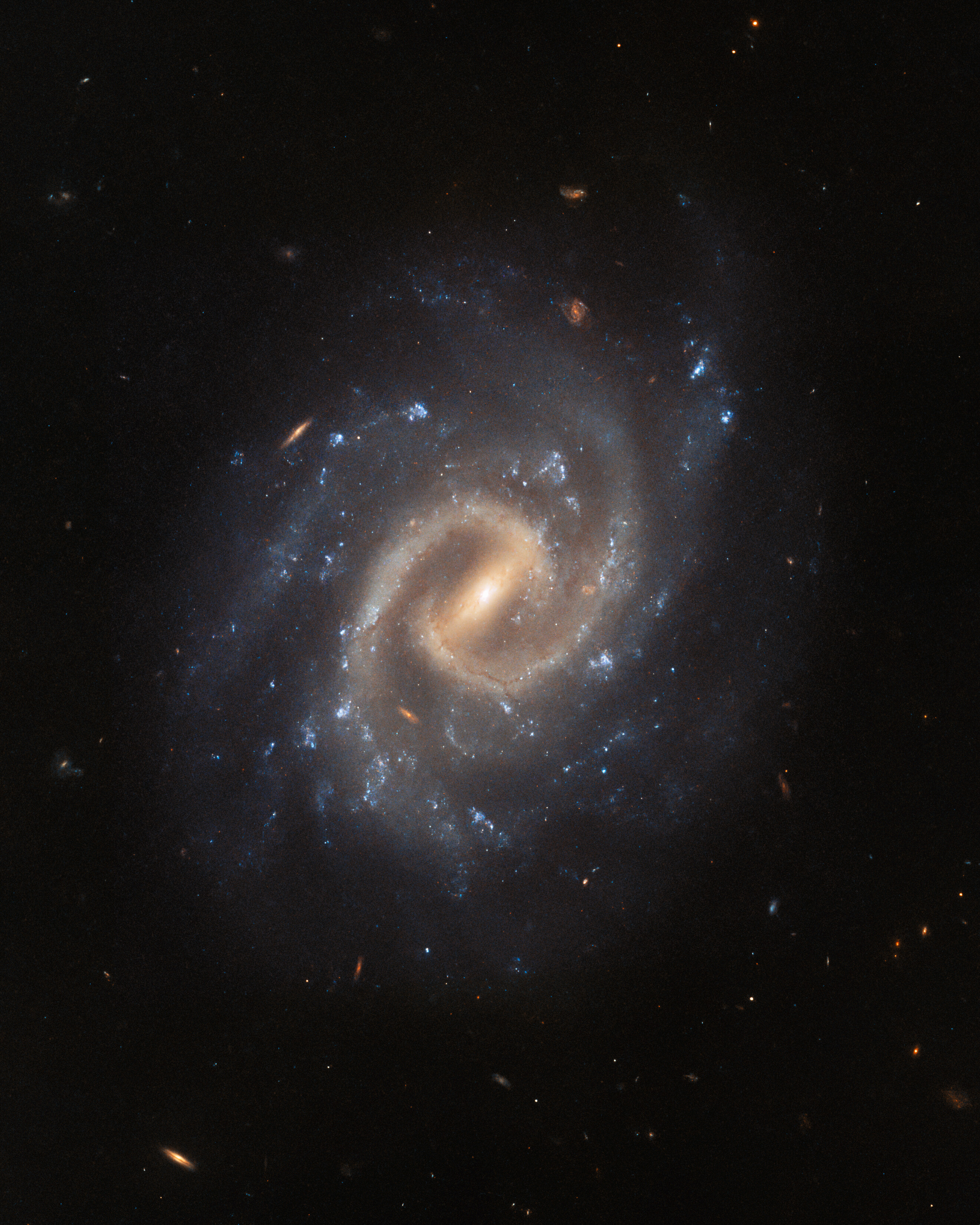1 min read

The tranquil spiral galaxy UGC 12295 basks leisurely in this image from the NASA/ESA Hubble Space Telescope. This galaxy lies around 192 million light-years away in the constellation Pisces and is almost face-on when viewed from Earth, displaying a bright central bar and tightly wound spiral arms.
Despite its tranquil appearance, UGC 12295 played host to a catastrophically violent explosion – a supernova – detected in 2015. Supernovae are the explosive deaths of massive stars and are responsible for forging many of the elements found here on Earth.
Two different teams of astronomers used Hubble’s Wide Field Camera 3 to observe UGC 12295 and sift through the wreckage of this vast stellar explosion. The first team examined the supernova’s detritus to better understand the evolution of matter in our universe.
The second team of astronomers also explored the aftermath of UGC 12295’s supernova, but their investigation focused on returning to the sites of some of the best-studied nearby earlier supernovae. Hubble’s keen vision can reveal lingering traces of these energetic events, shedding light on the nature of the systems that host them.
Text credit: European Space Agency (ESA)
Media Contact:
Claire Andreoli
NASA Goddard Space Flight Center, Greenbelt, MD
claire.andreoli@nasa.gov



